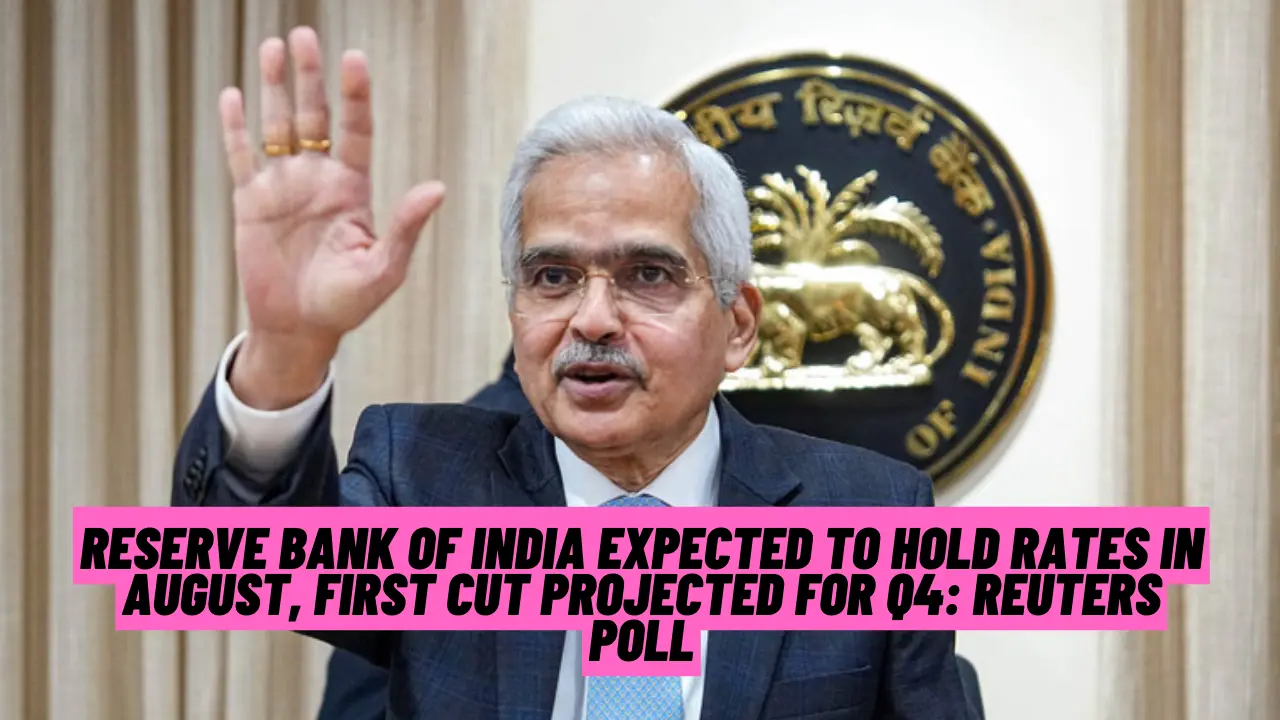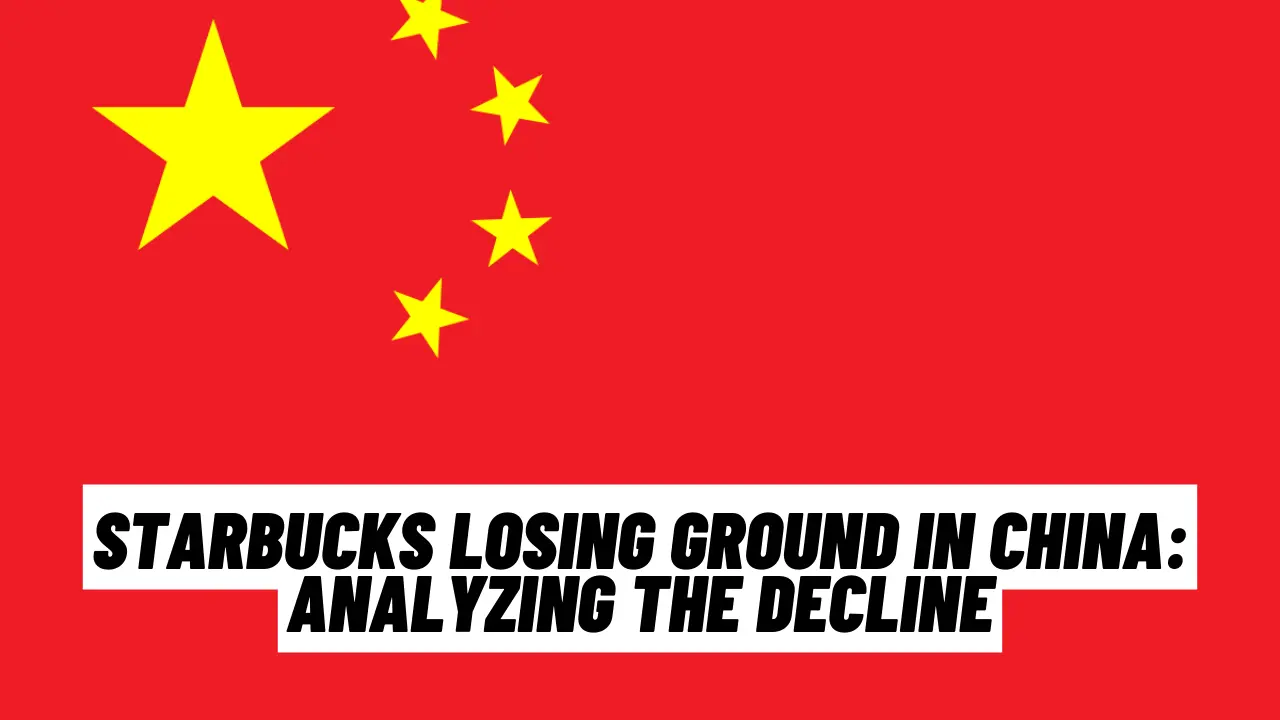In recent years, there has been a notable shift in the way Indians save and invest their money. Traditionally, bank deposits were the go-to option for most individuals seeking a safe and reliable way to grow their wealth. However, this trend is changing as Indians increasingly explore alternative investment avenues. Let’s delve into the reasons behind this shift and what it means for the financial landscape in India.
Declining Interest Rates
One of the primary reasons for the declining popularity of bank deposits is the low-interest rate environment. In recent years, interest rates on savings accounts and fixed deposits have fallen significantly. With inflation often outpacing the returns on these traditional savings instruments, the real value of money kept in bank deposits has diminished. This has prompted many Indians to seek higher-yielding investment options.
Rise of Mutual Funds
Mutual funds have emerged as a popular investment vehicle among Indian investors. Offering the potential for higher returns compared to bank deposits, mutual funds allow investors to diversify their portfolios across various asset classes such as equities, bonds, and commodities. The convenience of Systematic Investment Plans (SIPs), which enable regular, small investments, has made mutual funds accessible to a broader segment of the population. The increasing awareness and education around mutual funds have further fueled their adoption.
Growth of Digital Investment Platforms
The proliferation of digital investment platforms has made it easier for Indians to explore and invest in a wide range of financial products. Apps and online portals offer user-friendly interfaces, educational resources, and seamless transactions, making investing more accessible and less intimidating. These platforms often provide detailed analytics and personalized advice, helping investors make informed decisions and diversify their portfolios beyond traditional bank deposits.
Real Estate and Gold
Real estate and gold have long been favored investment choices in India. With the real estate market offering potential capital appreciation and rental income, many Indians prefer investing in property over keeping their money in bank deposits. Similarly, gold is seen as a safe-haven asset and a hedge against inflation. The cultural significance of gold, coupled with its perceived stability, makes it a preferred investment for many Indian households.
Stock Market Investments
The Indian stock market has witnessed increased participation from retail investors in recent years. The lure of high returns, especially during bullish market phases, has attracted many individuals to invest directly in stocks. The growth of discount brokerage firms offering low-cost trading options has further encouraged this trend. While stock market investments come with higher risks, the potential for substantial gains has enticed many to divert their savings from traditional bank deposits to equities.
Emergence of Alternative Investments
Alternative investments, such as peer-to-peer lending, real estate investment trusts (REITs), and cryptocurrencies, are gaining traction among Indian investors. These options offer diversification and the potential for higher returns, albeit with varying degrees of risk. The growing awareness and interest in these alternative assets reflect a broader shift towards more dynamic and diversified investment strategies.
Financial Literacy and Awareness
Improved financial literacy and awareness have played a significant role in changing savings and investment patterns. Educational initiatives by financial institutions, government programs, and the availability of information online have empowered individuals to explore various investment options beyond traditional bank deposits. As people become more knowledgeable about financial planning and investment opportunities, they are more likely to seek out avenues that align with their financial goals and risk tolerance.







